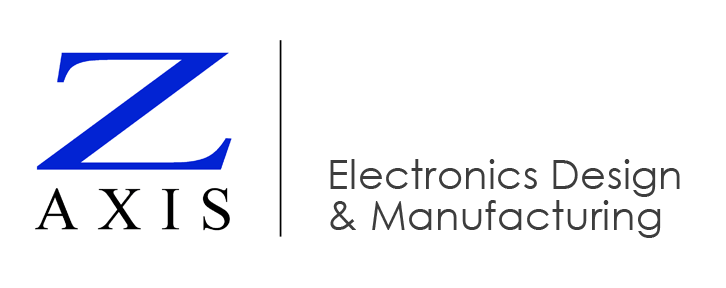Watch this SMT assembly, flux and board washing video and learn about water-soluble flux vs. no-clean flux, and why you might want to wash boards even if you use no-clean flux.
In this video we look at solder flux and board cleaning processes for SMT assembly. This is solder paste, a tacky material consisting of flux with tiny balls of solder in it. Solder paste is applied to the metal areas of a bare printed circuit board. The paste has two jobs. First, the flux cleans the metal areas, removing any oxidation to prepare them for soldering. Second, the paste temporarily holds the SMT components in position as they’re placed on the board and go into the reflow oven.
In the reflow oven, most of the flux evaporates as the solder particles melt, flow, and then solidify to form permanent bonds between the components and the board. There will be some flux residue on the board even though you usually can’t see it. What you do about the residue depends on what kind of flux was used.
If you used water soluble flux, you’ll have to wash it off. This flux is mildly corrosive as it goes down and remains corrosive after reflow treatment. Ions in the residue can lead to dendrite growth, causing electrical shorts and product failure months or years later.
If you use no clean flux, on the other hand, the residue can stay on the board. This flux is inert when it’s applied, becoming active only when heated in the reflow oven and then returns to its inert state as it cools. So, you save time labor and money by eliminating the board cleaning step.
So, why would we ever wash boards? The most common reason is when we want to protect the final assembly by applying a conformal coating. Any residue on the board under the coating may eventually chip off and cause gaps in the protection. In this case, we would normally use a water soluble flux and a controlled board washing process to remove the residue. It takes a sophisticated board washer to thoroughly clean high-tech PCB assemblies reaching all areas of the board, including underneath high density components such as large ball grid arrays.
This in-line aqueous cleaning system uses a multi-stage process to accomplish that the first stage is a pre-rinse to remove gross contaminants. Then a chemical power wash with omni-directional spray jets removes the flux residue. The system constantly monitors the chemical concentration in the wash. adding more as needed. This is followed by a chemical isolation stage where the chemical wash and residue are blown off and some of the chemicals are covered.
The boards are power rinsed and rinsed again with deionized water, then thoroughly dried in a displacement drying system with filtered air jets. This high-end board washer can even remove residue from no clean flux. At Z-AXIS, this is useful when we’re asked to put a conformal coating on PCBs that have been assembled by our customer using no clean flux or when a customer simply prefers to reduce the amount of tacky flux residue that no clean flux leaves on the boards.
After washing the board assemblies, we use an ionograph to test one unit from every batch. The ionograph measures the conductivity change of the alcohol solution, detecting any ionic contamination. An alcohol bath dissolves any flux residue that may remain on the board.
Records make it easy for us to track historical data and demonstrate process control of our qualified cleaning process.
For any PCB assembly projects, especially if your boards will be conformal coated, talk with your contract manufacturer about the type of flux they will use and what controlled cleaning process they have in place to ensure the long-term reliability of your product.
